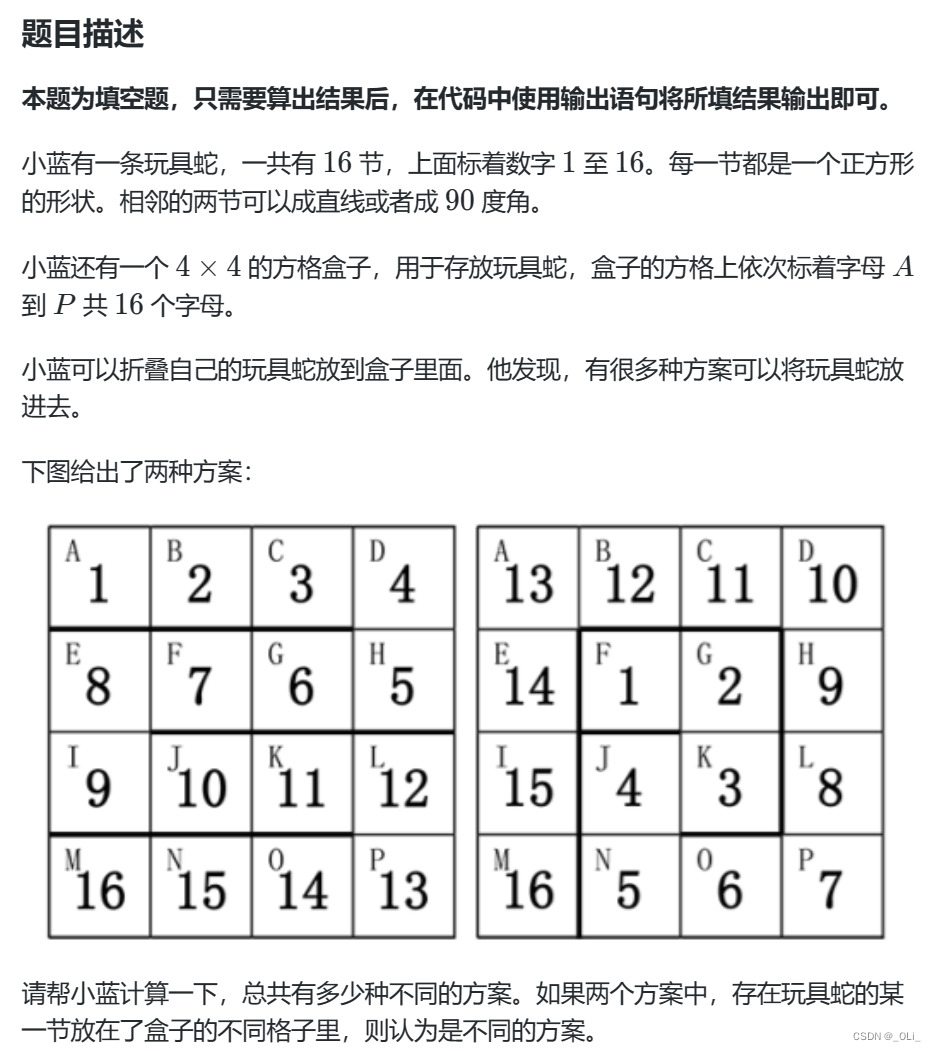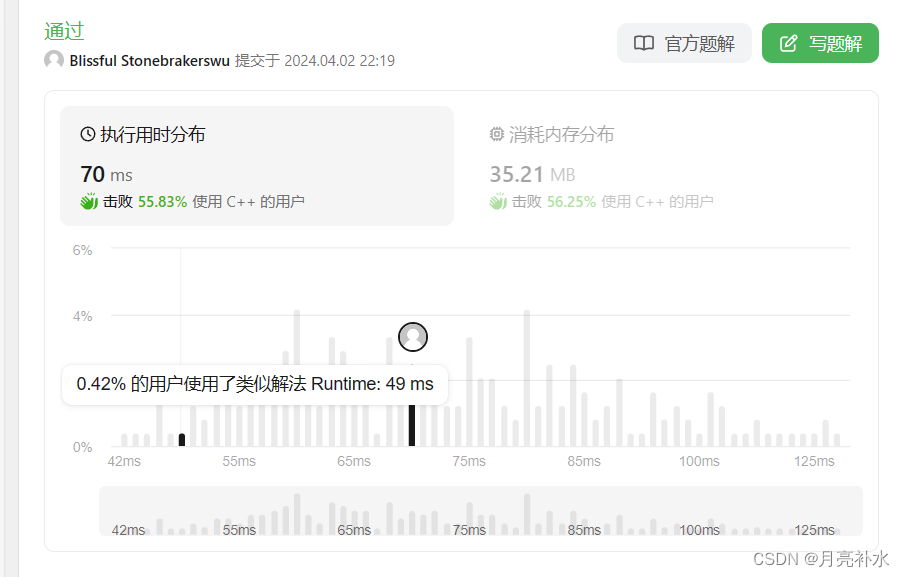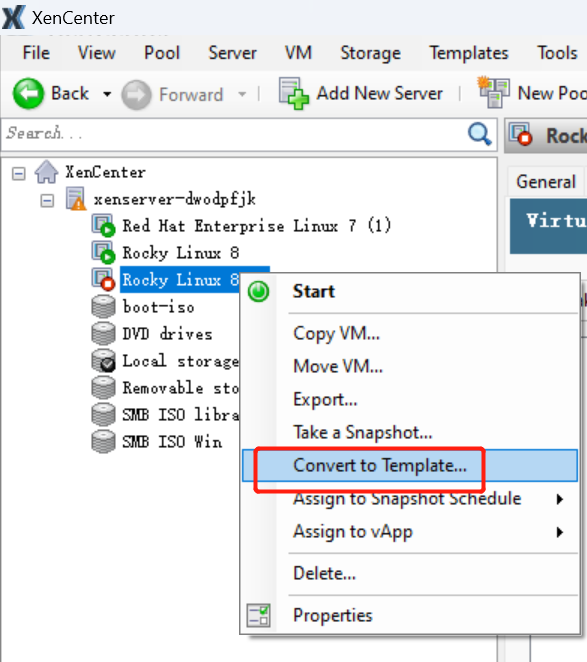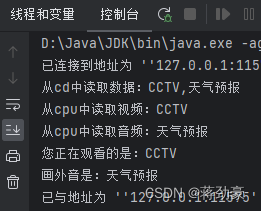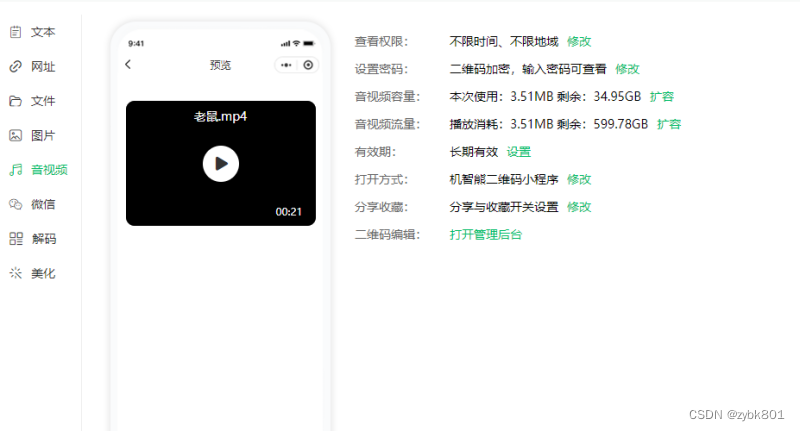文章目录
- 1.批处理应用
- 1.基本介绍
- 2.批处理演示
- 1.创建测试表
- 2.修改url
- 3.编写java代码
- 3.批处理源码分析
- 2.数据库连接池
- 1.传统连接弊端分析
- 2.数据库连接池基本介绍
- 1.概念介绍
- 2.数据库连接池示意图
- 3.数据库连接池种类
- 3.C3P0连接池
- 1.环境配置
- 1.导入jar包
- 2.将整个lib添加到项目中
- 3.配置代码提示
- 2.C3P0方式一(java程序)
- 3.C3P0方式二(配置文件)
- 1.环境配置
- 1.将c3p0-config.xml配置文件复制到src目录下
- 2.修改配置文件的参数
- 2.编写java代码
- 4.德鲁伊连接池
- 1.环境配置
- 1.导入jar包
- 2.将配置文件复制到src目录下,名字任意
- 3.修改配置文件的参数
- 2.编写java代码
- 5.德鲁伊工具类
- 1.编写代码
- 2.测试使用
- 6.Apache——DBUtils
- 1.引出
- 2.基本介绍
- 3.Apache——DBUtils查询
- 1.添加依赖
- 2.编写java代码
- 1.Actor.java(封装每一行的bean)
- 2.查询多条记录
- 3.查询单条记录
- 4.查询单行单列记录
- 4.DML操作
- 7.BasicDao
- 1.引出
- 2.BasicDao分析
- 3.代码实现
- 1.文件目录
- 2.BasicDao
- 3.ActorDao
- 4.Actor
- 5.TestDao
- 6.JDBCUtilsByDruid
- 7.druid.properties
1.批处理应用
1.基本介绍

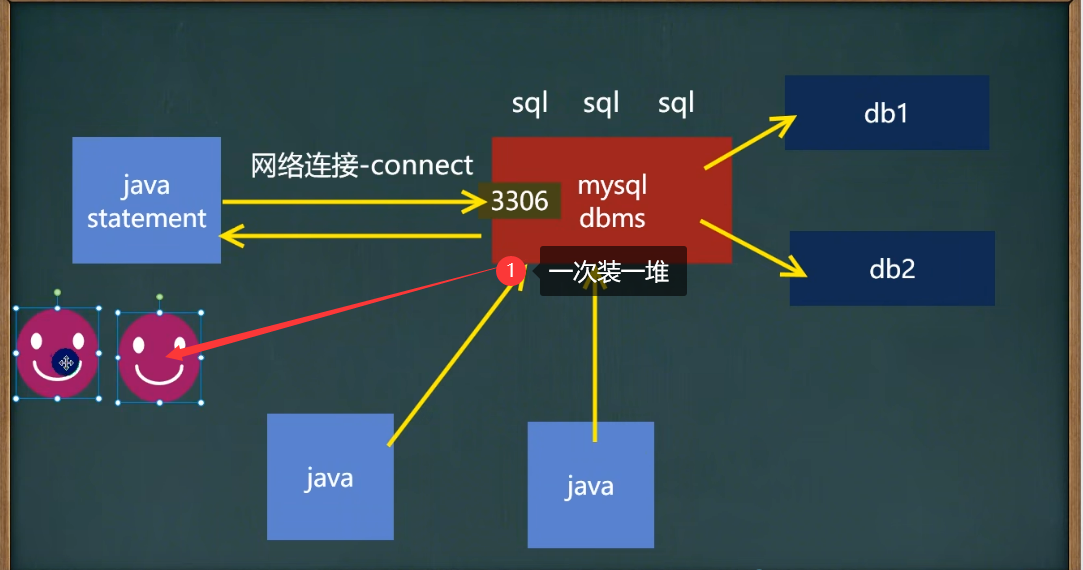
2.批处理演示
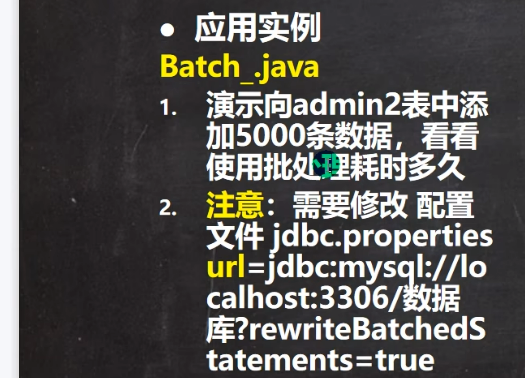
1.创建测试表
-- 创建的测试表
CREATE TABLE admin2(
id INT PRIMARY key auto_increment,
username VARCHAR(32) NOT NULL,
PASSWORD VARCHAR(32) NOT NULL
)
-- 查看表数据
SELECT * FROM admin2
-- 查看行数
SELECT count(*) FROM admin2
2.修改url

?rewriteBatchedStatements=true //添加这行代码
3.编写java代码
package jdbc_;
import org.junit.jupiter.api.Test;
import utils.JDBCUtils;
import java.sql.Connection;
import java.sql.PreparedStatement;
import java.sql.SQLException;
/**
* @author 孙显圣
* @version 1.0
*/
public class Batch_ {
@Test
public void testDML() {
//建立连接
Connection connection = JDBCUtils.getConnection();
//编写sql语句进行插入
String sql = "insert into admin2 values (null, ?, ?)";
PreparedStatement preparedStatement = null;
try {
preparedStatement = connection.prepareStatement(sql);
//循环进行预处理,并添加到处理包中
for (int i = 0; i < 5000; i++) {
preparedStatement.setString(1, "Tom");
preparedStatement.setString(2, "666666");
//1.添加到处理包中,先不执行
preparedStatement.addBatch();
if ((i + 1) % 1000 == 0) {
//2.每执行1000次则执行一次
preparedStatement.executeBatch();
//3.执行之后清空处理包中的sql语句
preparedStatement.clearBatch();
}
}
} catch (SQLException e) {
throw new RuntimeException(e);
} finally {
//关闭资源
JDBCUtils.close(null, preparedStatement, connection);
}
}
}
3.批处理源码分析

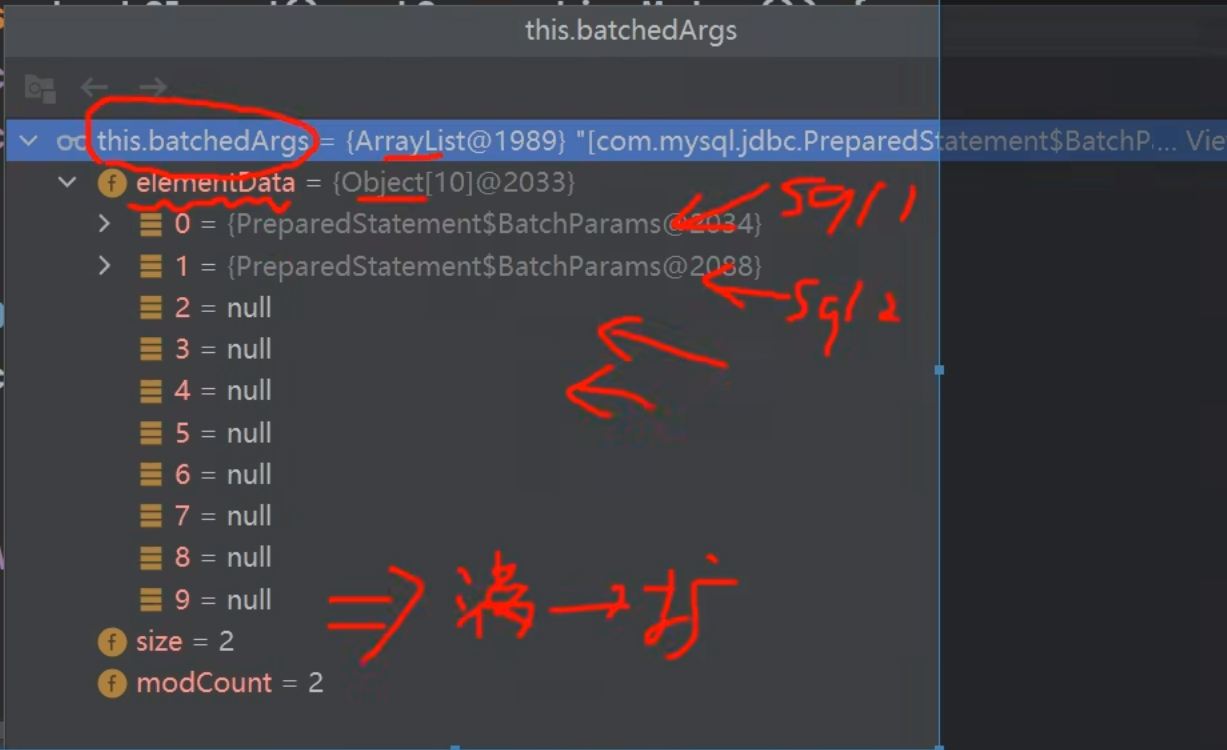
2.数据库连接池
1.传统连接弊端分析
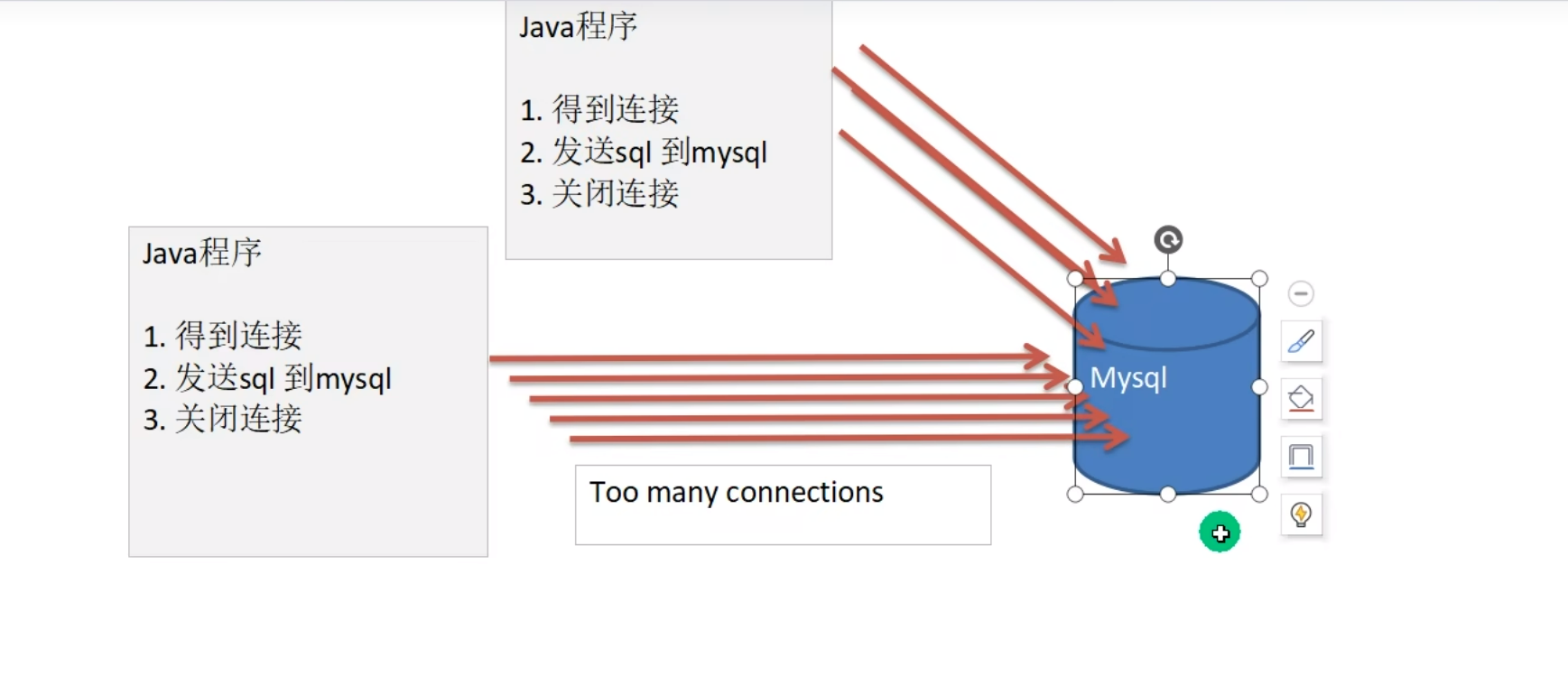

2.数据库连接池基本介绍
1.概念介绍
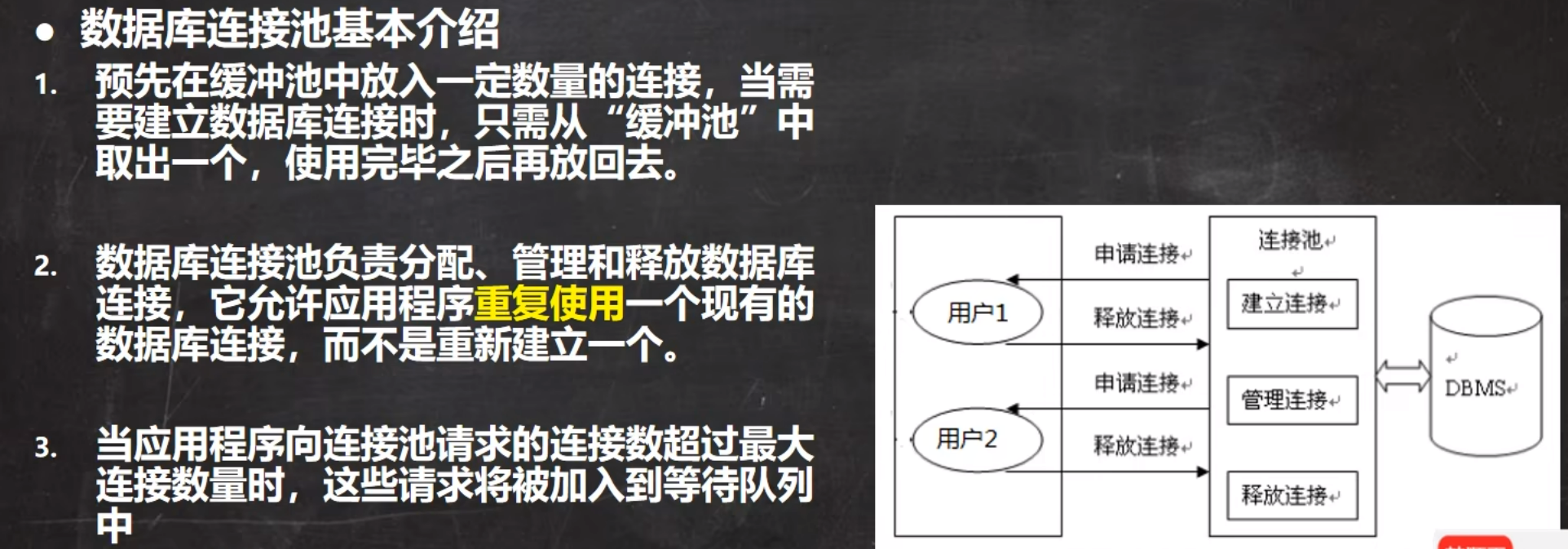
2.数据库连接池示意图
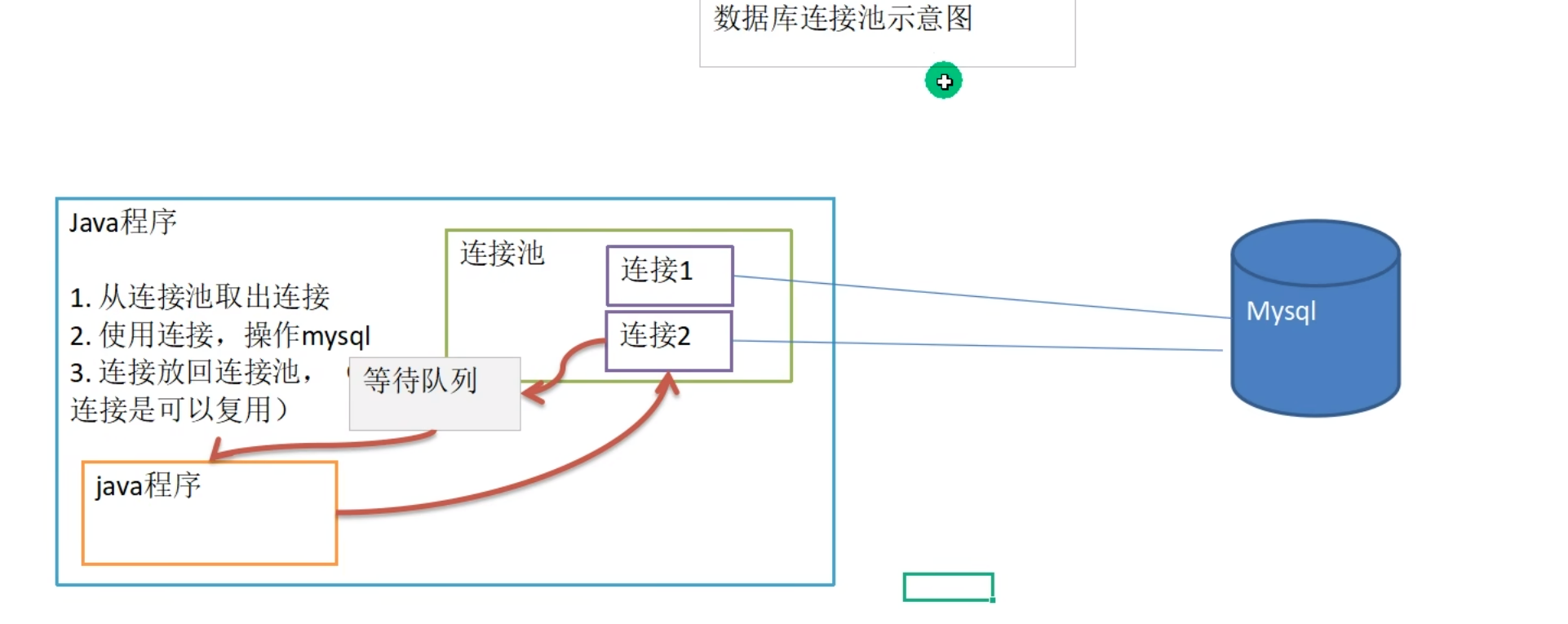
3.数据库连接池种类
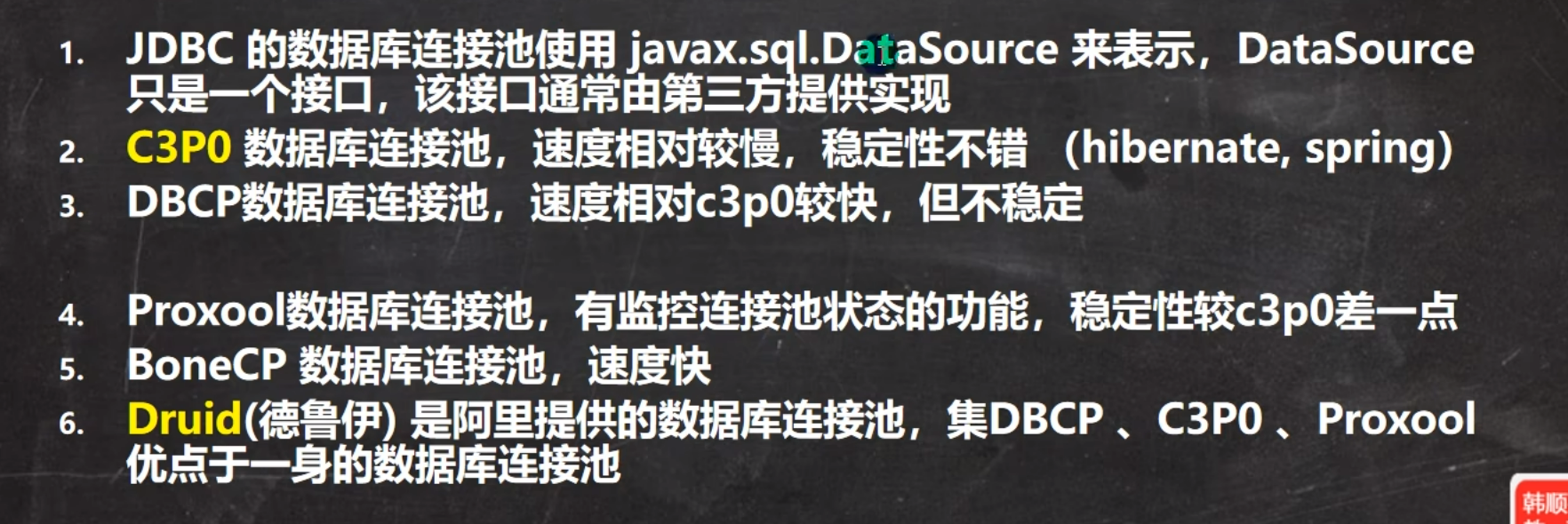
3.C3P0连接池
1.环境配置
1.导入jar包

2.将整个lib添加到项目中
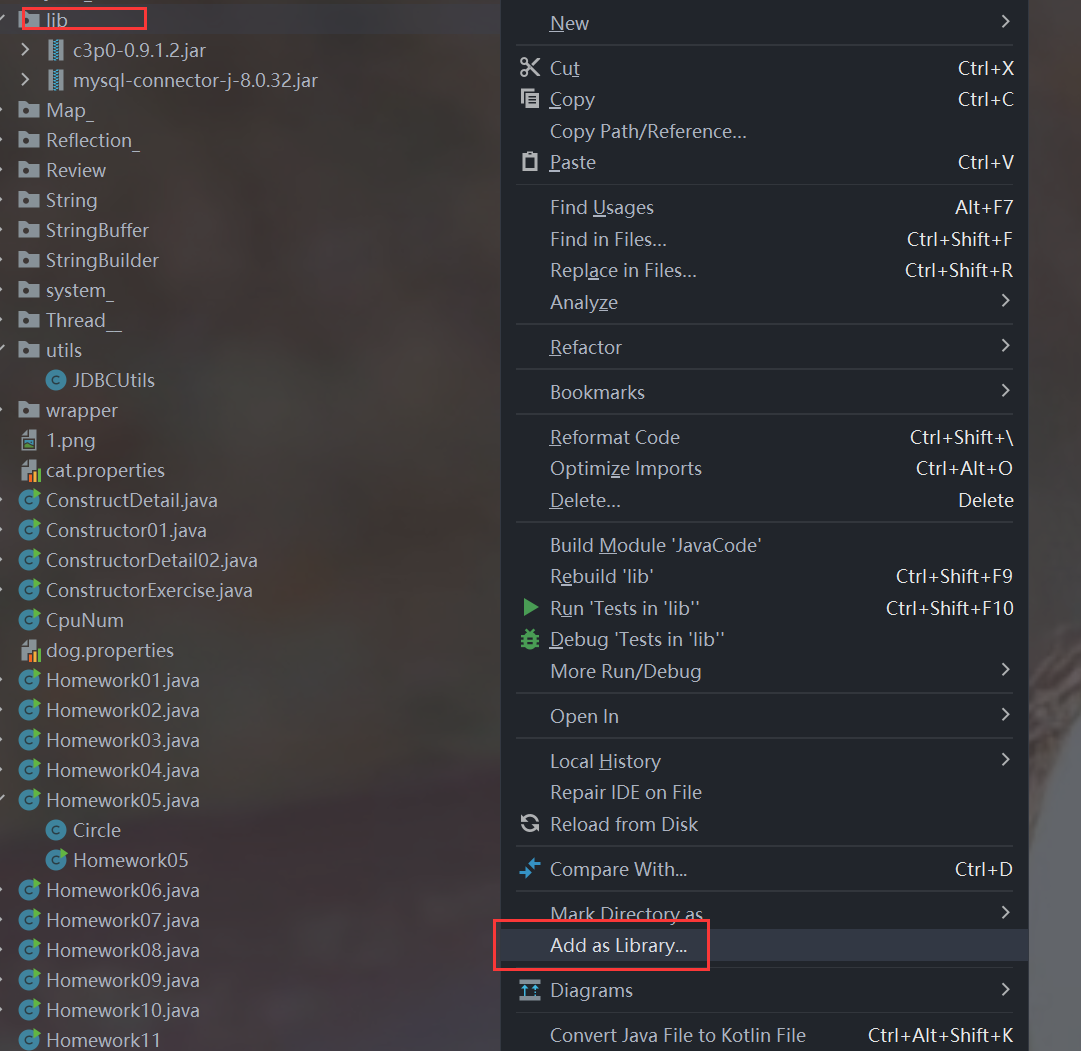
3.配置代码提示
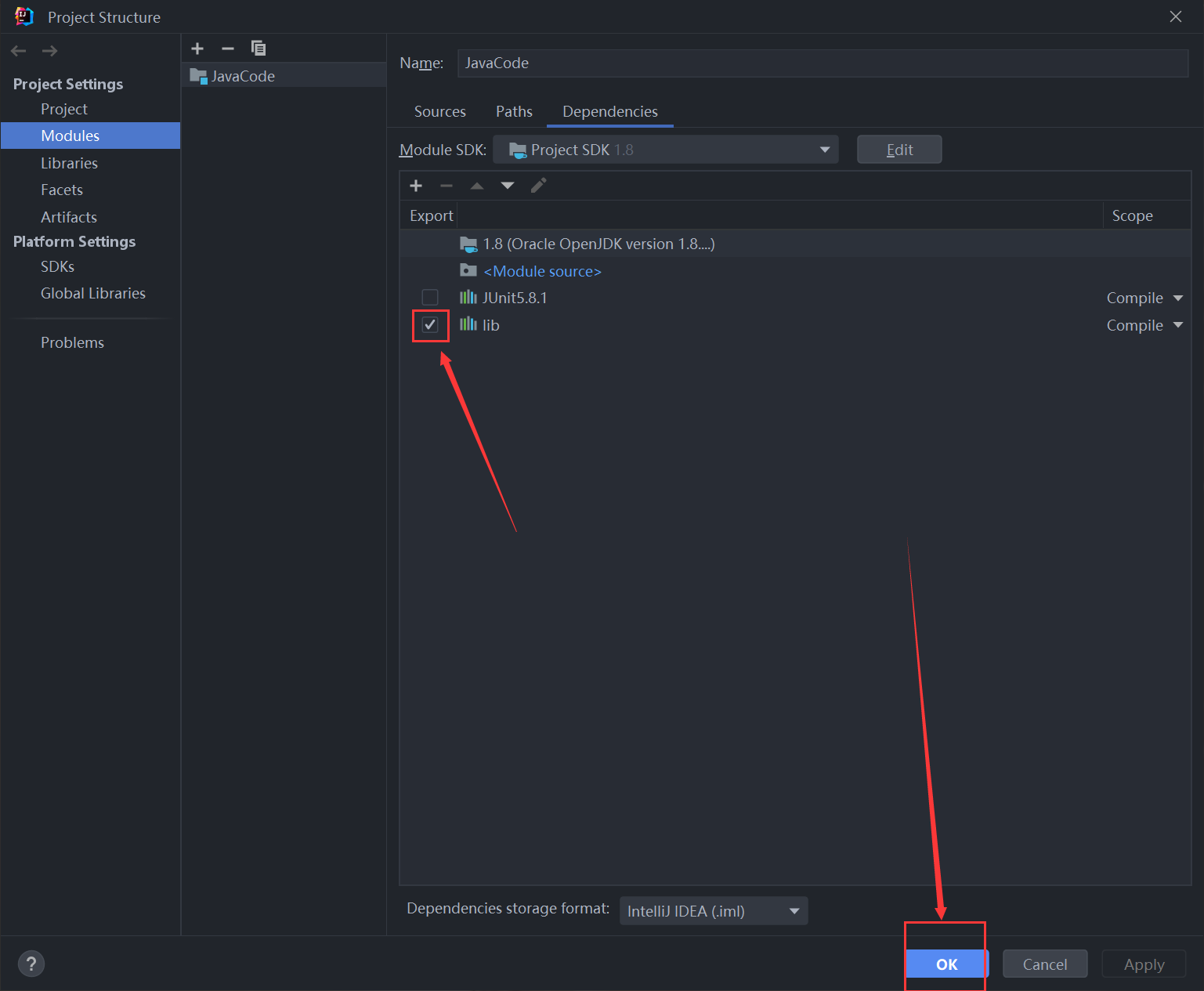
2.C3P0方式一(java程序)
@Test
public void testC3P01() throws Exception {
//1.创建一个数据源对象,可以理解为这个数据源对象就是那个连接池
ComboPooledDataSource comboPooledDataSource = new ComboPooledDataSource();
//2.读取配置文件,获取url,user,password,driver
Properties properties = new Properties();
properties.load(new FileInputStream("src\\mysql.properties"));
String url = properties.getProperty("url");
String user = properties.getProperty("user");
String password = properties.getProperty("password");
String driver = properties.getProperty("driver");
//3.给数据源设置相关参数
comboPooledDataSource.setJdbcUrl(url);
comboPooledDataSource.setUser(user);
comboPooledDataSource.setPassword(password);
comboPooledDataSource.setDriverClass(driver);
//4.设置初始化参数
comboPooledDataSource.setInitialPoolSize(10); //初始化连接数
comboPooledDataSource.setMaxPoolSize(50); //最大连接数
//5.获取连接
Connection connection = comboPooledDataSource.getConnection();
System.out.println("连接OK");
//6.关闭连接
connection.close();
}
3.C3P0方式二(配置文件)
1.环境配置
1.将c3p0-config.xml配置文件复制到src目录下
<c3p0-config> <!-- 数据源名称,可以随意--> <named-config name="hello"> <!-- 驱动类 --> <property name="driverClass">com.mysql.cj.jdbc.Driver</property> <!-- url--> <property name="jdbcUrl">jdbc:mysql://localhost:3306/hsp_db02</property> <!-- 用户名 --> <property name="user">root</property> <!-- 密码 --> <property name="password">root</property> <!-- 每次增长的连接数--> <property name="acquireIncrement">5</property> <!-- 初始的连接数 --> <property name="initialPoolSize">10</property> <!-- 最小连接数 --> <property name="minPoolSize">5</property> <!-- 最大连接数 --> <property name="maxPoolSize">50</property> <!-- 可连接的最多的命令对象数 --> <property name="maxStatements">5</property> <!-- 每个连接对象可连接的最多的命令对象数 --> <property name="maxStatementsPerConnection">2</property> </named-config> </c3p0-config>
2.修改配置文件的参数
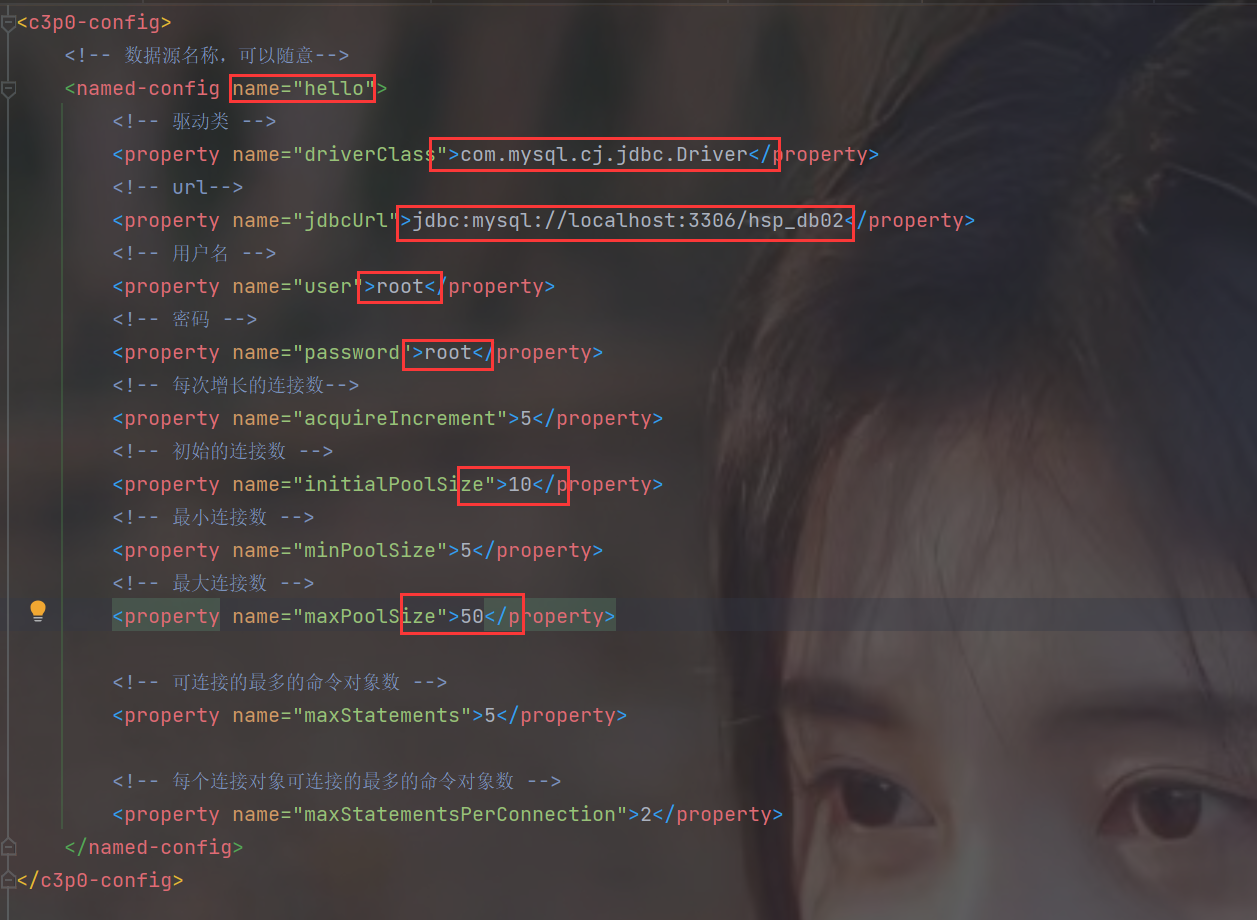
2.编写java代码
@Test
public void testC3P02() throws Exception {
//1.创建与配置文件名称相同的数据源
ComboPooledDataSource comboPooledDataSource = new ComboPooledDataSource("hello"); //注意:这里的hello是配置文件中的名字
//2.获取连接
Connection connection = comboPooledDataSource.getConnection();
System.out.println("连接OK");
//3.关闭连接
connection.close();
}
4.德鲁伊连接池
1.环境配置
1.导入jar包

2.将配置文件复制到src目录下,名字任意

#key=value
driverClassName=com.mysql.jdbc.Driver
url=jdbc:mysql://localhost:3306/girls?rewriteBatchedStatements=true
#url=jdbc:mysql://localhost:3306/girls
username=root
password=root
#initial connection Size
initialSize=10
#min idle connecton size
minIdle=5
#max active connection size
maxActive=50
#max wait time (5000 mil seconds)
maxWait=5000
3.修改配置文件的参数
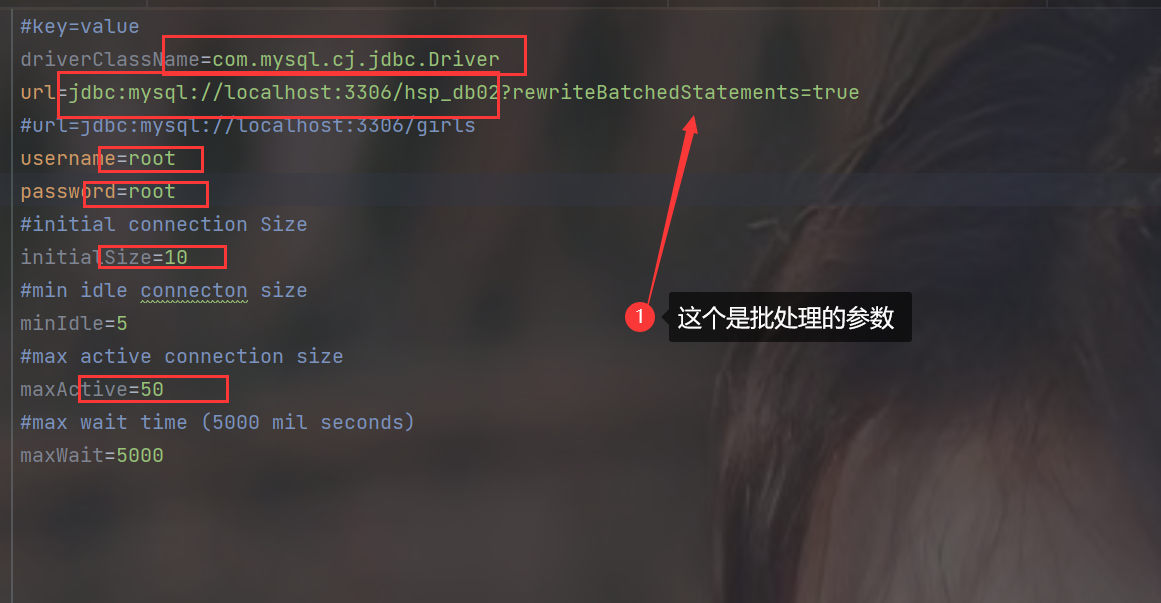
2.编写java代码
package datasource;
import com.alibaba.druid.pool.DruidDataSourceFactory;
import javax.sql.DataSource;
import java.io.FileInputStream;
import java.sql.Connection;
import java.util.Properties;
/**
* @author 孙显圣
* @version 1.0
*/
public class Druid_ {
public static void main(String[] args) throws Exception {
//1.读取配置文件
Properties properties = new Properties();
properties.load(new FileInputStream("src\\druid.properties"));
//2.创建数据源对象(就是连接池),将配置文件传进去
DataSource dataSource = DruidDataSourceFactory.createDataSource(properties);
//3.获取连接
Connection connection = dataSource.getConnection();
System.out.println("连接OK");
//4.关闭连接
connection.close();
}
}
5.德鲁伊工具类
1.编写代码
package utils;
import com.alibaba.druid.pool.DruidDataSourceFactory;
import javax.sql.DataSource;
import java.io.FileInputStream;
import java.io.IOException;
import java.sql.Connection;
import java.sql.ResultSet;
import java.sql.SQLException;
import java.sql.Statement;
import java.util.Properties;
/**
* @author 孙显圣
* @version 1.0
*/
public class JDBCUtilsByDruid {
//静态数据源引用(jdbc的接口)
private static DataSource dataSource;
//静态代码块,在类加载时为数据源引用赋值
static {
//1.读取配置文件
Properties properties = new Properties();
try {
properties.load(new FileInputStream("src\\druid.properties"));
} catch (IOException e) {
throw new RuntimeException(e);
}
//2.使用配置文件,创建德鲁伊数据源对象
try {
dataSource = DruidDataSourceFactory.createDataSource(properties);
} catch (Exception e) {
throw new RuntimeException(e);
}
}
//编写getConnection方法
public static Connection getConnection() {
try {
return dataSource.getConnection();
} catch (SQLException e) {
throw new RuntimeException(e);
}
}
//把Connection对象放回连接池
public static void close(ResultSet resultSet, Statement statement, Connection connection) {
try {
if (resultSet != null) {
resultSet.close();
}
if (statement != null) {
statement.close();
}
if (connection != null) {
connection.close();
}
} catch (SQLException e) {
throw new RuntimeException(e);
}
}
}
2.测试使用
package datasource;
import org.junit.jupiter.api.Test;
import utils.JDBCUtilsByDruid;
import java.sql.Connection;
import java.sql.PreparedStatement;
import java.sql.ResultSet;
import java.sql.SQLException;
/**
* @author 孙显圣
* @version 1.0
*/
public class DruidUtils_Use {
@Test
public void testSelect() {
//建立连接
Connection connection = JDBCUtilsByDruid.getConnection();
//编写sql语句进行查询
String sql = "select name, phone from actor where id = ?";
PreparedStatement preparedStatement = null;
ResultSet resultSet = null;
try {
//进行预处理
preparedStatement = connection.prepareStatement(sql);
preparedStatement.setInt(1, 8);
//执行查询
resultSet = preparedStatement.executeQuery();
while (resultSet.next()) {
String string = resultSet.getString("name");
String string1 = resultSet.getString("phone");
System.out.println(string + " " + string1);
}
} catch (SQLException e) {
throw new RuntimeException(e);
} finally {
//关闭资源
JDBCUtilsByDruid.close(resultSet, preparedStatement, connection);
}
}
}
6.Apache——DBUtils
1.引出
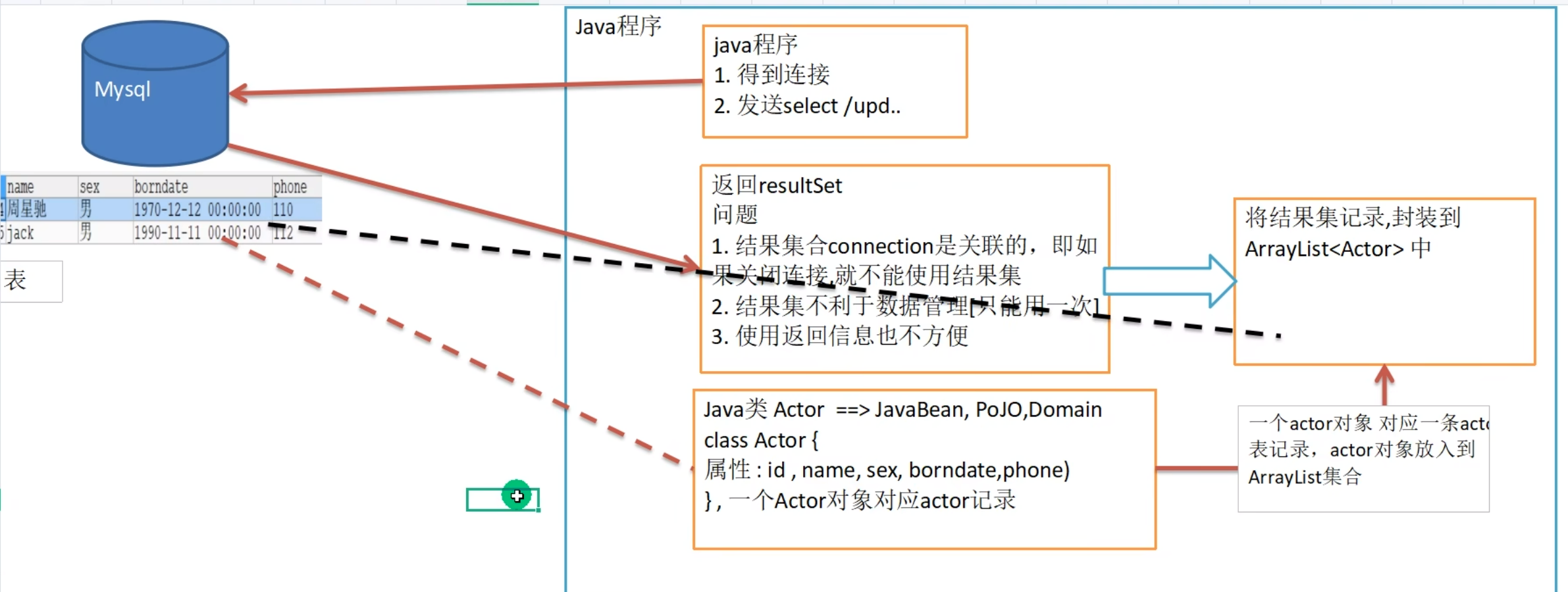
2.基本介绍

3.Apache——DBUtils查询

1.添加依赖

2.编写java代码
1.Actor.java(封装每一行的bean)
package datasource;
import java.sql.Timestamp;
/**
* @author 孙显圣
* @version 1.0
* 这是一个bean,用来封装actor表的每一行数据
*/
public class Actor {
private Integer id; //注意要使用包装类
private String name;
private String sex;
private Timestamp borndate; //mysql8只能用这个类型来接受datetime
private String phone;
public Actor() { //一定要给一个无参构造器[反射需要]
}
public Actor(Integer id, String name, String sex, Timestamp borndate, String phone) {
this.id = id;
this.name = name;
this.sex = sex;
this.borndate = borndate;
this.phone = phone;
}
public Integer getId() {
return id;
}
public void setId(Integer id) {
this.id = id;
}
public String getName() {
return name;
}
public void setName(String name) {
this.name = name;
}
public String getSex() {
return sex;
}
public void setSex(String sex) {
this.sex = sex;
}
public Timestamp getBorndate() {
return borndate;
}
public void setBorndate(Timestamp borndate) {
this.borndate = borndate;
}
public String getPhone() {
return phone;
}
public void setPhone(String phone) {
this.phone = phone;
}
@Override
public String toString() {
return "\nActor{" +
"id=" + id +
", name='" + name + '\'' +
", sex='" + sex + '\'' +
", borndate=" + borndate +
", phone='" + phone + '\'' +
'}';
}
}
2.查询多条记录
new BeanListHandler<>(Actor.class)
package datasource;
import org.apache.commons.dbutils.QueryRunner;
import org.apache.commons.dbutils.handlers.BeanListHandler;
import org.junit.jupiter.api.Test;
import utils.JDBCUtilsByDruid;
import java.sql.Connection;
import java.sql.SQLException;
import java.util.List;
/**
* @author 孙显圣
* @version 1.0
*/
public class DBUtils_USE {
@Test
public void testQueryMan() throws SQLException {
//1.得到连接
Connection connection = JDBCUtilsByDruid.getConnection();
//2.创建QueryRunner
QueryRunner queryRunner = new QueryRunner();
//3.编写sql
String sql = "select borndate from actor where id >= ?";
//4.调用方法,返回ArrayList结果集,其中每一个元素都是表的一行,封装到了bean中
List<Actor> query = queryRunner.query(connection, sql, new BeanListHandler<>(Actor.class), 1); //1就是给里面的问号赋值
//5.获取每一行的bean
for (Actor actor : query) {
System.out.println(actor);
}
//6.关闭连接,他会自动关闭resultset和preparedStatement
JDBCUtilsByDruid.close(null, null, connection);
}
}
3.查询单条记录
new BeanHandler<>(Actor.class)
@Test
public void testQuerySingle() {
//1.获取连接
Connection connection = JDBCUtilsByDruid.getConnection();
//2.创建queryRunner
QueryRunner queryRunner = new QueryRunner();
//3.编写sql
String sql = "select * from actor where id = ?";
//4.调用查询方法
Actor query = null;
try {
query = queryRunner.query(connection, sql, new BeanHandler<>(Actor.class), 8);
} catch (SQLException e) {
throw new RuntimeException(e);
}
System.out.println(query);
//5.关闭资源
try {
connection.close();
} catch (SQLException e) {
throw new RuntimeException(e);
}
}
4.查询单行单列记录
new ScalarHandler()
@Test
public void testScalar() {
//1.获取连接
Connection connection = JDBCUtilsByDruid.getConnection();
//2.创建queryRunner
QueryRunner queryRunner = new QueryRunner();
//3.编写sql
String sql = "select name from actor where id = ?"; //单行单列
//4.查询
try {
Object query = queryRunner.query(connection, sql, new ScalarHandler(), 8);
System.out.println(query);
} catch (SQLException e) {
throw new RuntimeException(e);
}
//5.关闭资源
try {
connection.close();
} catch (SQLException e) {
throw new RuntimeException(e);
}
}
4.DML操作
@Test
public void testDML() throws SQLException {
//1.获取连接
Connection connection = JDBCUtilsByDruid.getConnection();
//2.创建queryRunner
QueryRunner queryRunner = new QueryRunner();
//3.编写sql
//增加
String sql1 = "insert into actor values(?, ?, ?, ?, ?)";
//删除
String sql2 = "delete from actor where id = ?";
//修改
String sql3 = "update actor set phone = ?";
//4.执行sql
int update = queryRunner.update(connection, sql1, null, "张三丰", "男", "2005-11-02", "51552");
int update1 = queryRunner.update(connection, sql2, 11);
int update2 = queryRunner.update(connection, sql3, 123456);
//5.关闭资源
try {
connection.close();
} catch (SQLException e) {
throw new RuntimeException(e);
}
}
7.BasicDao
1.引出


2.BasicDao分析

3.代码实现
1.文件目录
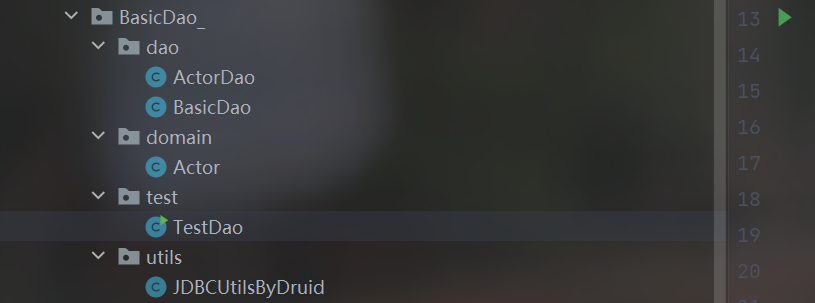
2.BasicDao
package BasicDao_;
import org.apache.commons.dbutils.QueryRunner;
import org.apache.commons.dbutils.handlers.BeanHandler;
import org.apache.commons.dbutils.handlers.BeanListHandler;
import org.apache.commons.dbutils.handlers.ScalarHandler;
import utils.JDBCUtilsByDruid;
import java.sql.Connection;
import java.sql.SQLException;
import java.util.List;
/**
* @author 孙显圣
* @version 1.0
* 开发BasicDAO , 是其他DAO的父类
*/
public class BasicDao<T> { //泛型指定具体类型
private QueryRunner qr = new QueryRunner();
//开发通用的dml方法, 针对任意的表
public int update(String sql, Object... parameters) {
Connection connection = null;
try {
connection = JDBCUtilsByDruid.getConnection();
int update = qr.update(connection, sql, parameters);
return update;
} catch (SQLException e) {
throw new RuntimeException(e); //将编译异常->运行异常 ,抛出
} finally {
JDBCUtilsByDruid.close(null, null, connection);
}
}
//返回多个对象(即查询的结果是多行), 针对任意表
/**
*
* @param sql sql 语句,可以有 ?
* @param clazz 传入一个类的Class对象 比如 Actor.class
* @param parameters 传入 ? 的具体的值,可以是多个
* @return 根据Actor.class 返回对应的 ArrayList 集合
*/
public List<T> queryMulti(String sql, Class<T> clazz, Object... parameters) {
Connection connection = null;
try {
connection = JDBCUtilsByDruid.getConnection();
return qr.query(connection, sql, new BeanListHandler<T>(clazz), parameters);
} catch (SQLException e) {
throw new RuntimeException(e); //将编译异常->运行异常 ,抛出
} finally {
JDBCUtilsByDruid.close(null, null, connection);
}
}
//查询单行结果 的通用方法
public T querySingle(String sql, Class<T> clazz, Object... parameters) {
Connection connection = null;
try {
connection = JDBCUtilsByDruid.getConnection();
return qr.query(connection, sql, new BeanHandler<T>(clazz), parameters);
} catch (SQLException e) {
throw new RuntimeException(e); //将编译异常->运行异常 ,抛出
} finally {
JDBCUtilsByDruid.close(null, null, connection);
}
}
//查询单行单列的方法,即返回单值的方法
public Object queryScalar(String sql, Object... parameters) {
Connection connection = null;
try {
connection = JDBCUtilsByDruid.getConnection();
return qr.query(connection, sql, new ScalarHandler(), parameters);
} catch (SQLException e) {
throw new RuntimeException(e); //将编译异常->运行异常 ,抛出
} finally {
JDBCUtilsByDruid.close(null, null, connection);
}
}
}
3.ActorDao
package BasicDao_.dao;
import BasicDao_.domain.Actor;
/**
* @author 孙显圣
* @version 1.0
*/
public class ActorDao extends BasicDao<Actor>{
//拥有BasicDao所有的方法
//根据业务需求可以写上特有的方法
}
4.Actor
package BasicDao_.domain;
import java.sql.Timestamp;
/**
* @author 孙显圣
* @version 1.0
* 这是一个bean,用来封装actor表的每一行数据
*/
public class Actor {
private Integer id;
private String name;
private String sex;
private Timestamp borndate; //mysql8只能用这个类型来接受datetime
private String phone;
public Actor() { //一定要给一个无参构造器[反射需要]
}
public Actor(Integer id, String name, String sex, Timestamp borndate, String phone) {
this.id = id;
this.name = name;
this.sex = sex;
this.borndate = borndate;
this.phone = phone;
}
public Integer getId() {
return id;
}
public void setId(Integer id) {
this.id = id;
}
public String getName() {
return name;
}
public void setName(String name) {
this.name = name;
}
public String getSex() {
return sex;
}
public void setSex(String sex) {
this.sex = sex;
}
public Timestamp getBorndate() {
return borndate;
}
public void setBorndate(Timestamp borndate) {
this.borndate = borndate;
}
public String getPhone() {
return phone;
}
public void setPhone(String phone) {
this.phone = phone;
}
@Override
public String toString() {
return "\nActor{" +
"id=" + id +
", name='" + name + '\'' +
", sex='" + sex + '\'' +
", borndate=" + borndate +
", phone='" + phone + '\'' +
'}';
}
}
5.TestDao
package BasicDao_.test;
import BasicDao_.dao.ActorDao;
import BasicDao_.domain.Actor;
import java.util.List;
/**
* @author 孙显圣
* @version 1.0
*/
public class TestDao {
public static void main(String[] args) {
//测试一下ActorDao对actor表的操作
ActorDao actorDao = new ActorDao();
//1.查询
List<Actor> actors = actorDao.queryMulti("select * from actor where id >?", Actor.class, 2);
for (Actor actor : actors) {
System.out.println(actor);
}
//2.查询单行记录
Actor actor = actorDao.querySingle("select * from actor where id = ?", Actor.class, 4);
System.out.println(actor);
//3.查询单行单列记录
Object o = actorDao.queryScalar("select name from actor where id = ?", 9);
System.out.println(o);
//4.增加一条记录
int update = actorDao.update("insert into actor values(?,?,?,?,?)", null, "王五", "女", "2002-1-9", "5455555");
System.out.println(update > 0 ? "成功" : "失败");
//5.删除一条记录
int update1 = actorDao.update("delete from actor where id > ?", 10);
System.out.println(update1 > 0 ? "成功" : "失败");
//6.修改一条记录
int update2 = actorDao.update("update actor set name = ?", "女");
System.out.println(update2 > 0 ? "成功" : "失败");
}
}
6.JDBCUtilsByDruid
package BasicDao_.utils;
import com.alibaba.druid.pool.DruidDataSourceFactory;
import javax.sql.DataSource;
import java.io.FileInputStream;
import java.io.IOException;
import java.sql.Connection;
import java.sql.ResultSet;
import java.sql.SQLException;
import java.sql.Statement;
import java.util.Properties;
/**
* @author 孙显圣
* @version 1.0
*/
public class JDBCUtilsByDruid {
//静态数据源引用(jdbc的接口)
private static DataSource dataSource;
//静态代码块,在类加载时为数据源引用赋值
static {
//1.读取配置文件
Properties properties = new Properties();
try {
properties.load(new FileInputStream("src\\druid.properties"));
} catch (IOException e) {
throw new RuntimeException(e);
}
//2.使用配置文件,创建德鲁伊数据源对象
try {
dataSource = DruidDataSourceFactory.createDataSource(properties);
} catch (Exception e) {
throw new RuntimeException(e);
}
}
//编写getConnection方法
public static Connection getConnection() {
try {
return dataSource.getConnection();
} catch (SQLException e) {
throw new RuntimeException(e);
}
}
//把Connection对象放回连接池
public static void close(ResultSet resultSet, Statement statement, Connection connection) {
try {
if (resultSet != null) {
resultSet.close();
}
if (statement != null) {
statement.close();
}
if (connection != null) {
connection.close();
}
} catch (SQLException e) {
throw new RuntimeException(e);
}
}
}
7.druid.properties
#key=value
driverClassName=com.mysql.cj.jdbc.Driver
url=jdbc:mysql://localhost:3306/hsp_db02?rewriteBatchedStatements=true
#url=jdbc:mysql://localhost:3306/girls
username=root
password=root
#initial connection Size
initialSize=10
#min idle connecton size
minIdle=5
#max active connection size
maxActive=50
#max wait time (5000 mil seconds)
maxWait=5000

